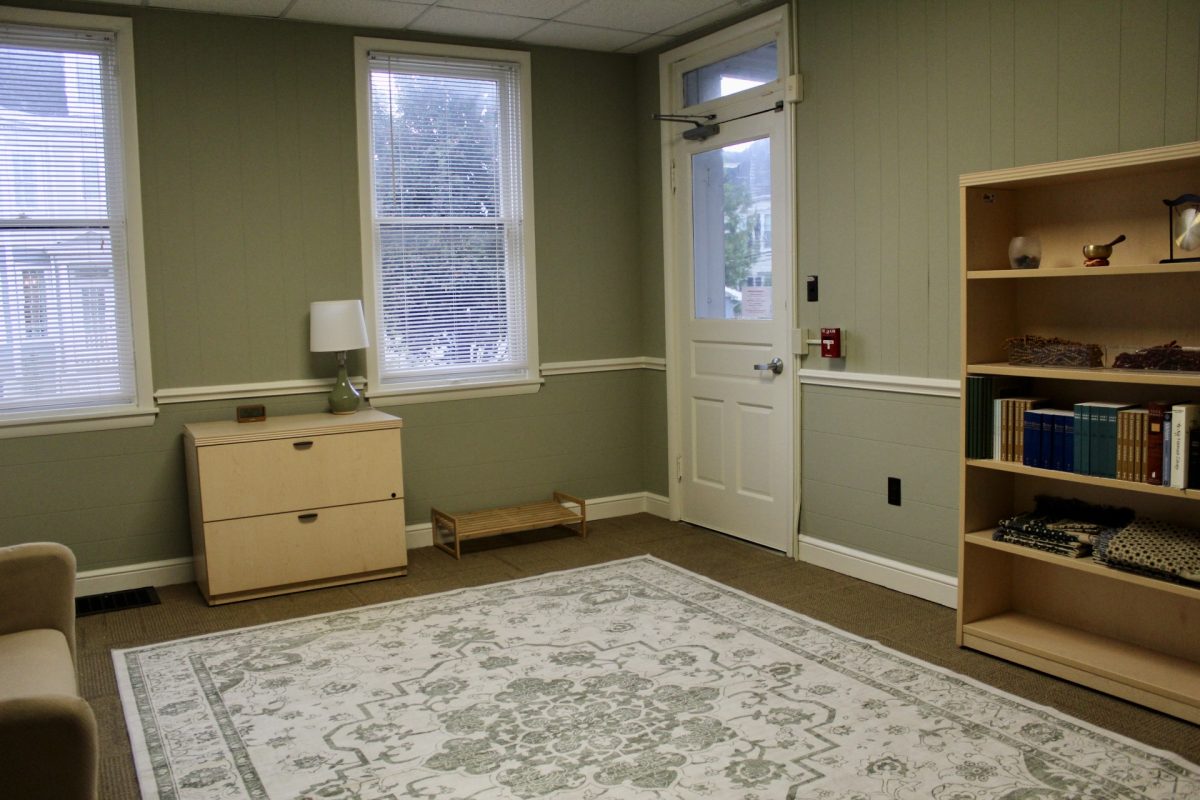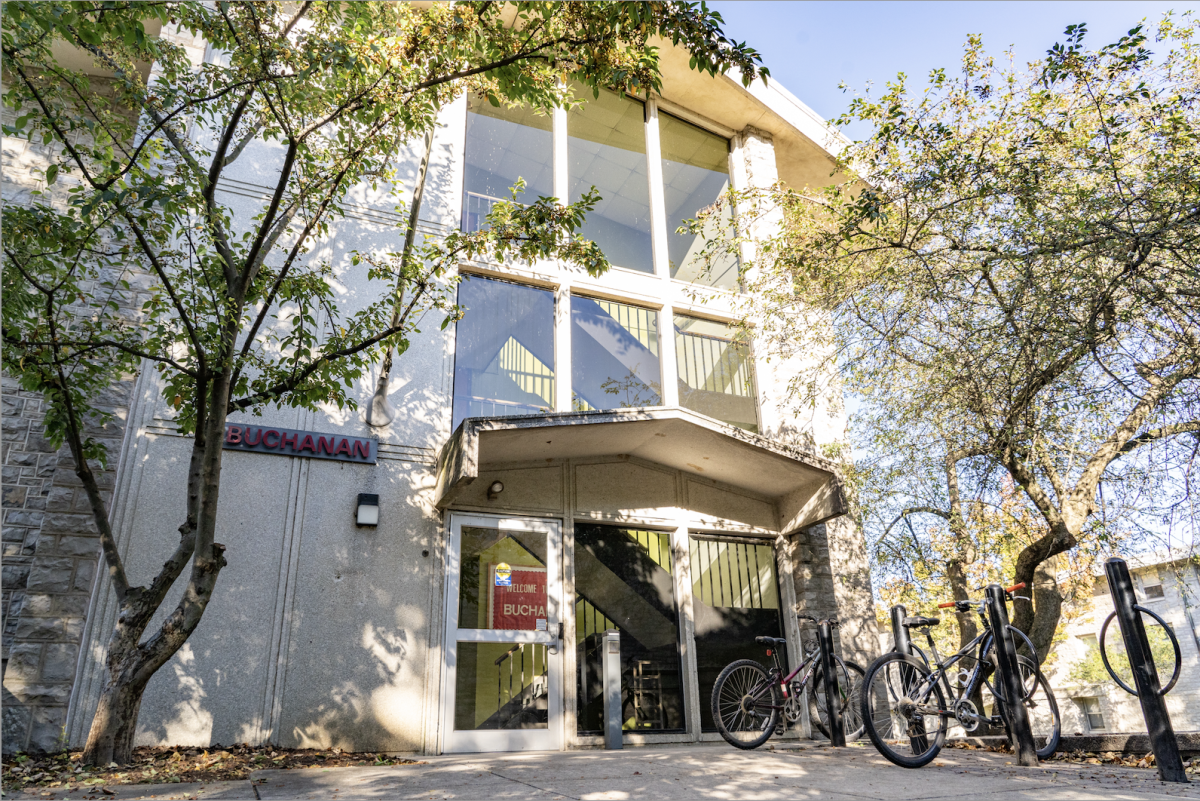What could a person store in a cave? According to Gabriel Wrobel, anthropology professor at Michigan State University, during his lecture, the Maya civilization used caves to bury certain members of their dead.
Professor Wrobel’s lecture started by challenging the longstanding assumption amongst scholars that every Mayan ritual is one of human sacrifice. He explained that most scholars see bodies in caves and immediatly assume sacrifice, which is overblown and inaccurate.
The Mayans used caves around rivers in modern Mexico, Guatemala and Belize, Wrobel works on the latter. Very few of the skeletons had evidence of blunt trauma indicating a violent death and examples of cracks on skulls were mostly cases of limestone damaging remains. Wrobel’s research into Mayan burials showed that most of the dead were of adult age though not the elderly, and included several distinctly high-status individuals, such as the femur of a king brought into the cave as a marker of territory. No infants were found in the caves, even with the high mortality rate, and were buried in areas less isolated from population centers.
Artifacts found in proximity to bones have provided further insight into these burials. Examples of fabric from foreign locations reveals Mayan involvement in historic trade networks and were likely buried as the possessions of the deceased. It is also known that rain was associated with the sacrifice of young people, though the extent to which this explains the adolescent bones in the cave is unclear.
Even when the archaeological evidence does not indicate human sacrifice, the biases of historians and archaeologists has led to an oversimplified view of the Mayans as ritualistic murderers whenever a new discovery is made. Examples of this sensationalism include trafficking of humans and sacrifices using blue string in teeth. Spanish invaders also burned many Mayan scrolls, which greatly reduced the amount of primary material regarding their civilization.
Several challenges continue to complicate matters for archaeologists such as Wrobel. Looting, termites and beetles over several centuries have depleted the number of artifacts buried in the caves, which reduces the evidence for archaeologists to work with.
Infrastructure development to facilitate tourism has also started to damage the walls of the caves. Finally the combination of bats, smell and running water obstructing passageways makes it difficult for archaeologists to perform research inside the caves.
The students in attendance asked questions about the nature of the Mayan practices. For instance, regarding the gender of the skeletons, which Wrobel excitedly responded to by stating that genetic analysis is finally being made available to researchers. Another question was about the management of these caves and the extent to which such sites were maintained.
Overall, Professor Worbel’s lecture was attended by approximately 50 students and the archaeology professors.




